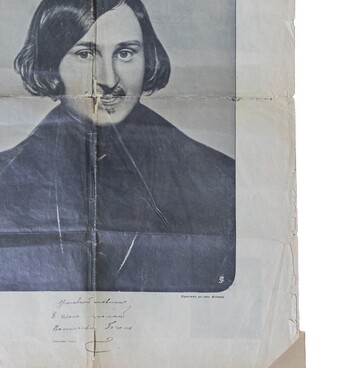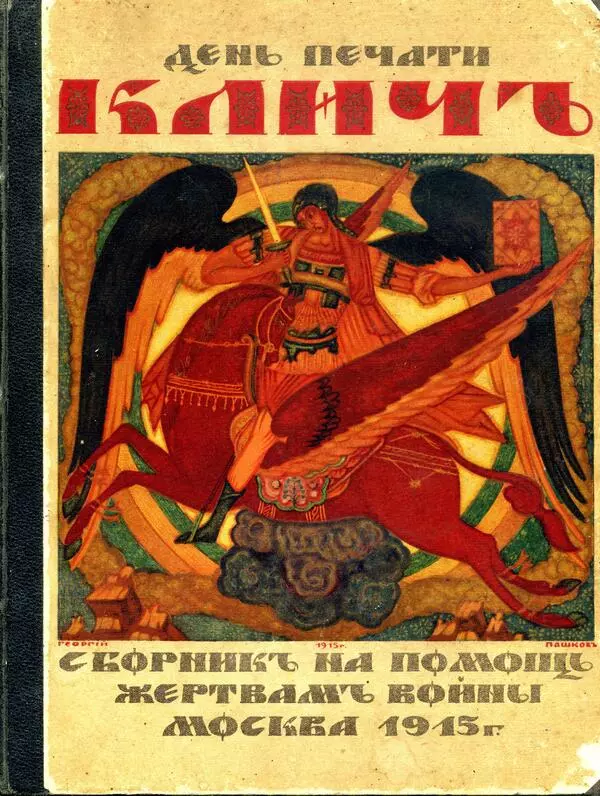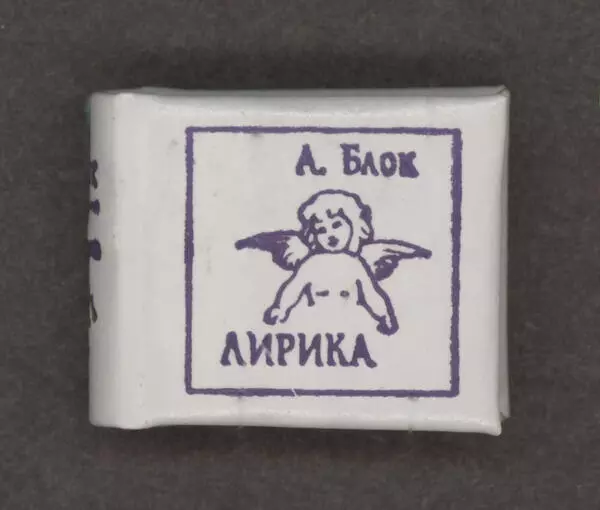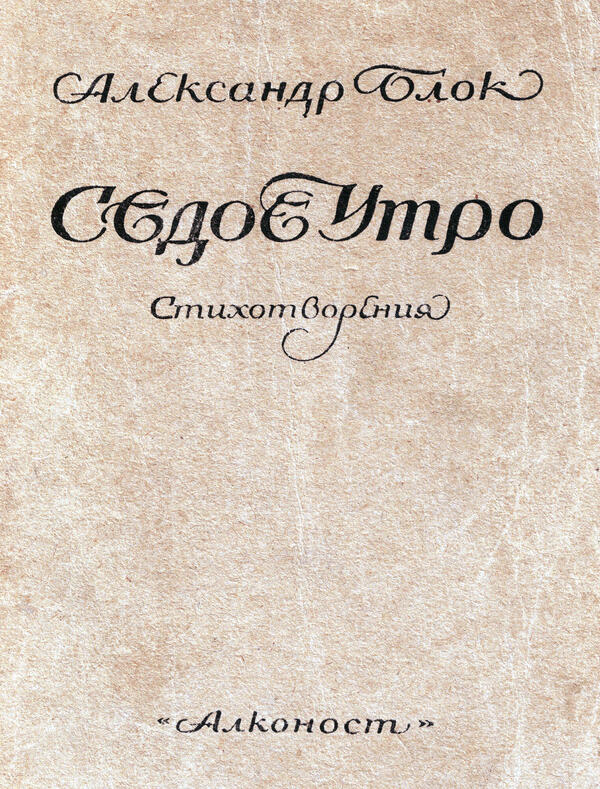Alexander Blok took part in the publication of many books for children. The poem “Palm Saturday”, published in the children’s magazine “Path” (No. 6, 1906), marked the poet’s debut as a children’s author. From then on, Blok was a regular contributor to the magazine. His mother Alexandra Andreevna Kublitskaya-Piottukh (Beketova), who composed children’s poems and was engaged in translations, and his aunt, the famous children’s writer Maria Andreevna Beketova, collaborated with the same publication as well.
In May 1912, Alexander Blok received a written proposal from Vasily Ivanovich Sytin to publish two small collections of poems for children. Blok took the proposal very seriously and offered carefully selected poems written from 1898 to 1912. After preparing and sending the manuscripts to Moscow, Blok, at the request of the publishing house, excluded several poems that would have been difficult for children to understand. In turn, the poet requested several samples of fonts and drawings for selection and approval. And at the end of 1912, two children’s books by Alexander Blok were published in the printing house of Ivan Sytin — “All Year Round” (for younger children) and “Tales” (for a bit older children). In December 1912, the poet contributed to the children’s almanac “Lights”, which was edited by Vasily Ivanovich Sytin.
The collection “Tales” opens with the poem “Gamayun, The Prophetic Bird” (1899). It sets the subject and themes of the book as a whole, serving as the key to it. Written by the nineteen-year-old Blok, it was inspired, as the poet noted, by the famous painting by the artist Viktor Vasnetsov, exhibited in the Tretyakov Gallery. According to ancient beliefs, Gamayun is a fabulous bird with a beautiful human face. It predicts the future. Also included in the collection are the poems “Black Maiden”, “Son and Mother”, “The Tale of the Rooster and the Old Woman”, “The Old Woman and the Little Devils”, “By the Sea”, “In the Blue Distant Bedroom”, “Silver Leafed Angel”, “Three Bright Kings”, “Lullaby Song”, and “Dreams”. Blok’s cooperation with Sytin also continued later.
From October 1912, Sytin
published the newspaper “Day” in St. Petersburg, which featured several works
by Alexander Blok.









